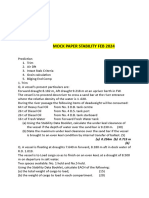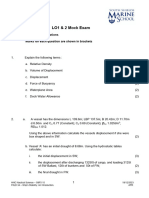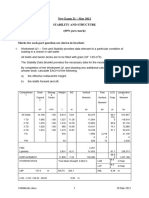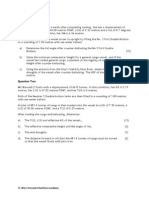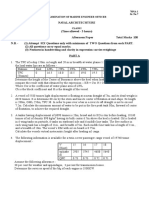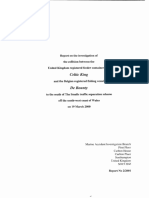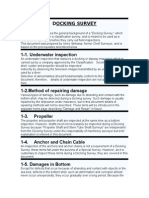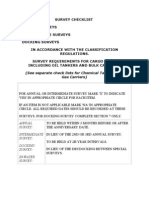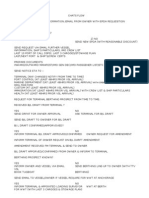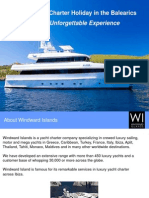0% found this document useful (0 votes)
100 views37 pagesCM SQA Stability Past Papers
The document outlines examination papers for the Chief Mate/Master certification in the Merchant Navy, focusing on stability and structure. It includes detailed questions on stability calculations, the effects of cargo loading, and the implications of flooding on vessel stability. Candidates are required to use provided stability data booklets and formulae to answer the questions, with a passing mark of 120 out of 200.
Uploaded by
Ankit RanaCopyright
© © All Rights Reserved
We take content rights seriously. If you suspect this is your content, claim it here.
Available Formats
Download as PDF, TXT or read online on Scribd
0% found this document useful (0 votes)
100 views37 pagesCM SQA Stability Past Papers
The document outlines examination papers for the Chief Mate/Master certification in the Merchant Navy, focusing on stability and structure. It includes detailed questions on stability calculations, the effects of cargo loading, and the implications of flooding on vessel stability. Candidates are required to use provided stability data booklets and formulae to answer the questions, with a passing mark of 120 out of 200.
Uploaded by
Ankit RanaCopyright
© © All Rights Reserved
We take content rights seriously. If you suspect this is your content, claim it here.
Available Formats
Download as PDF, TXT or read online on Scribd
/ 37












